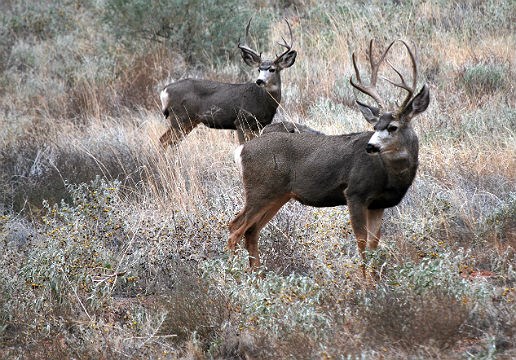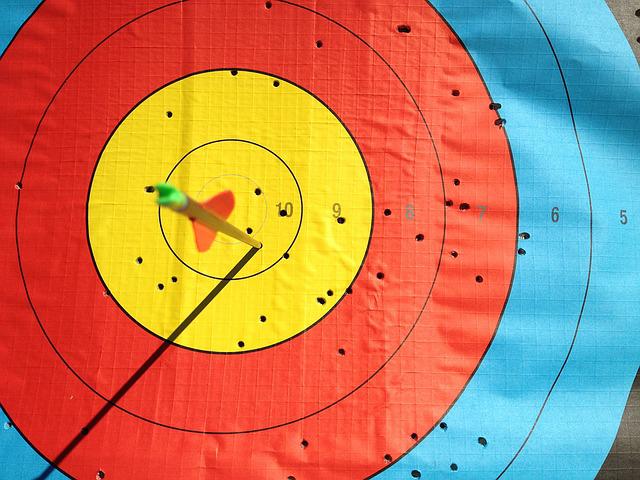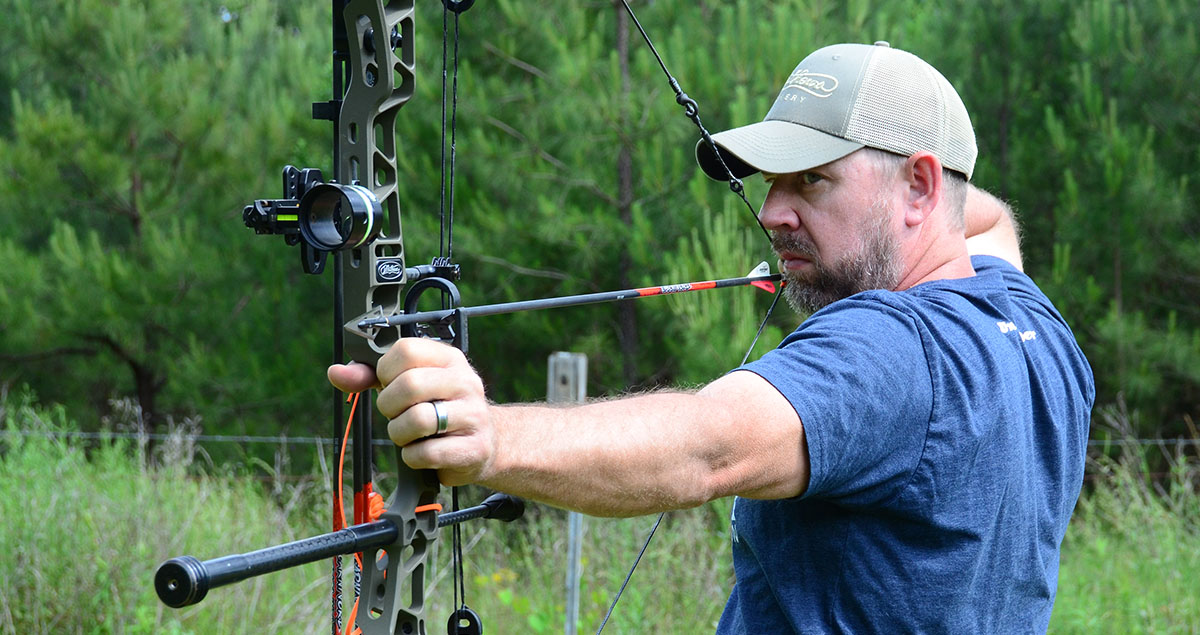
Planting cover crops in your field before and after harvest is an effective way to establish food plots. Cover crops mine nutrients from the soil, making them the perfect companion to late season vegetables. Several mixes and clovers pair well with cover crops to create a more attractive food plot system. Here are some suggestions. All of these foods taste great for wildlife. These foods can be incorporated into more complicated food plots to ensure that animals thrive.
Soybeans
Soybean is a perennial favorite with deer and makes for a great late season food plot. Soybeans can be planted either in the early spring or later fall to attract more deer. It will also increase your chances at a big bucks. Soybean food plots are more popular with deer than other crops due to their low maintenance and ease of cultivation. Soybeans can survive for over 10 months once they are planted and can provide excellent forage.
Brassicas
Brassicas can be planted in late season food plots. This is because they are fast growing and have a high amount of leafy biomass. The weed pressure in early-season plots is low and grazing can help to control it. However, grass selective herbicides might also prove effective. These herbicides should be used when the plants are still small and growing. It is important to rotate the plots at least every two years after harvest.

Perennials
There are many benefits to using perennials in food plots. Perennials will give the soil a break from annual plants. They will also stabilize the soil and produce food all season. Aside from being cheaper than annuals, perennials can also be planted in smaller areas. Perennials are easy to plant in small spaces or clearings. You should be aware of large trees and other desirable timbers in the area before you plant perennials. Remember to include any mast-producing species.
Turnips
Planting late-season turnips for food plots is one of the best practices you can implement. Even though these vegetables are delicious and healthy for humans, the deer will not enjoy them. In addition to their bitter flavor, they also provide important nutrition for deer. Turnips are not only a good food source but they can also be used to attract and keep deer. This is how to plant them.
Radishes
Planting late-season radishes in food plots can be done by blending them with other brassicas. This will increase your plot's diversity and provide nutrients. Make sure you do a soil sample and then average it across your plot before you plant. It is important to eliminate all weeds and to fertilize and lime the area when necessary.
Oats
One way to increase deer meat in late season oats food plots is to plant oats after the end of spring. These grazing plants grow quickly in troughs less than one-half inch deep. They are easy and quick to harvest in late spring. Oats are able to survive the winter, unlike some other crops. Oats seed can be purchased from several seed companies during this period.

Winter wheat
Fall is a great time to plant winter wheat. Although you can plant it in autumn, it can also be grown into the spring. It can be grown in most parts of the country. Its seeds have high protein levels and are easily digested by wildlife. It is deer's favorite food in winter and the seeds provide plenty of energy. Winter wheat is also a good late season food option.
Rye
Rye is a great way to add protein and other carbohydrates to your deer patch. Rye grows up to three to five ft tall and is an anual grass. Rye grows well in late season food plots, and can be planted with other cool season species for greater effect. It can also be blended with other cereal grains to improve its palatability and nutritional value. Rye can also be eaten by deer and is a good late-season food choice.
FAQ
Which state has more deer hunters than the other?
Wyoming is the state with the highest number of deer hunters. It also has one of the highest numbers of hunting licenses that are sold each year.
South Dakota is the state with the most deer hunters. It ranks third for the number of hunting licenses sold each year.
New Hampshire is home to the most deer hunters. It ranks last in terms of the number per capita of hunting licences sold.
How popular is hunting in America?
Hunting has become a beloved American pastime. Americans spend more than $8 billion each year on hunting supplies and equipment. An average hunter spends approximately $1,000 annually.
Hunting is also a recreational sport for many who hunt to have fun and relax. Nearly 50 million hunters are estimated to live in the United States. This includes both male and female hunters.
Hunters come in all walks of life. They come in all ages, from young children to adults. Some hunters have been doing it for years while others just started recently.
The most common reason why someone would want to become a hunter is that they enjoy spending time outdoors. Many hunters feel that this is a great way to connect with nature and experience what it feels like to be free.
Hunting can also be very social. Hunting groups often include hunters. Sometimes, these groups include family members and friends as well as co-workers.
Hunting is also a sport that has grown in popularity among hunters. Hunting is a competitive sport where hunters compete with each other to shoot different species of animals.
Hunters can also compete with other states to break the previous record for biggest deer kill. These records are typically set by professional hunters.
How many hunters of deer are there in America?
It is believed that there are over 20 million deer hunter in the United States. This includes both recreational and professional hunters.
What guns can you legally use?
You can hunt with many different types and styles of weaponry.
Hunters usually use rifles or shotguns or handguns as well muzzle-loading firearms.
Rifles can be used to fire long-range bullets. Shotguns can be loaded with pellets. Handguns fire bullets through their hands. Muzzle-loading firearms can be used in the same way as modern pistols.
Crossbows are used to shoot arrows. Bowhunters also call archery weapons bowhunters.
It takes special training to hunt with a bow crossbow. First, learn how you can aim and shoot the weapon.
What are the advantages of hunting?
Hunting is a long-standing tradition that has been practiced in many cultures. It was used to hunt for food, shelter, clothes, medicines, and other purposes. Modern hunters hunt not only for sport but also for recreation and food. The meat from hunted animals is often eaten immediately after killing, while the skin, fur, feathers, bones, antlers, horns, teeth, hooves, and other parts may be sold as trophies.
Hunting is more than just a means to eat. It's also a way for you to live.
Hunting is a sport that builds strong bonds between family members and friends. They share stories and experiences at campfires, and over meals.
Hunters enjoy nature and wildlife, which helps them appreciate life on Earth.
When they take care of wild animals, they learn respect and responsibility.
Hunters become better citizens because they practice conservation. They are responsible for protecting habitats and species. They are able to understand the amount of land and water that is necessary for survival.
Hunters are part a larger community. Their families depend on them. They work together. They support local businesses.
Hunters give back to society as well. Many hunters give money to help veterans and the elderly.
Hunters also have the opportunity to give their time to assist those in crisis. They could volunteer with the Red Cross, Humane Society or Humane Society.
Statistics
- - Percent of residents with paid hunting licenses: 0.7%- (stacker.com)
- Licenses dropped from a peak of roughly 17 million in the 1980s to 15 million in 2019, according to The Seattle Times. (stacker.com)
- Indiana, for example, saw a 28% jump in turkey license sales during the first week of the season. (stacker.com)
- According to the Wildlife Restoration Act, passed in 1937, most of the state conservation efforts are funded through hunting and fishing license sales and firearms sales. (stacker.com)
External Links
How To
How to choose the most desirable hunting spots in the forest
First, you need to decide what kind and type of game to hunt when hunting. There are different types of animals and birds that live in forests and they all have their own habitat requirements, so if you don't know which type of animal you would like to hunt, you won't find any place where you can successfully catch them.
There are two main categories of animals that inhabit the forest: large mammals and small ones. The large mammals are deer, elks and moose as well as caribou, bears, wolves, wild boar, and caribou. Squirrels, rabbits, squirrels and hares are some of the small animals. Each species requires its own specific habitat, so you must choose the right location before going out into the woods. To find out if there are endangered species in your area, you can search the online flora-fauna list. It is important to ensure that there are no poachers in the area you plan on hunting a specific species.
It is important to understand how to set up equipment for hunting a particular species. It's important to use the correct equipment because it affects the success rate. For example, if you're hunting a rabbit, you'll need a gun that shoots accurately at close range, while if you're hunting a larger animal such as a deer, you'll need a rifle capable of shooting long distances. Also, you'll need some sort of bait to attract the prey. Some people suggest placing meat in a trap to attract the animal. Others prefer corn butter or peanut butter. Whatever method you use to hunt, ensure you comply with all laws in your country.
When choosing a hunting spot, you'll need to consider several factors including the weather conditions, terrain, vegetation, wildlife population, and accessibility. Safety is the most important aspect of hunting. Be sure to avoid dangerous animals and predators when hunting in a remote area. In addition, try to avoid areas where there are too many people, especially during hunting season. You should also take note of the seasons when hunting because this will help you determine the best times to hunt.
When picking a hunting spot, you should also think about the weather. This is crucial because it influences the number animals that will be available. The ground is covered in snow when the temperature drops to below zero Celsius. Coyotes, bears and wolves are more likely to hide beneath the snow, making it hard to track them down. If you are lucky enough to have clear skies, you may be capable of seeing these animals. In summer, temperatures can reach 30 degrees Celsius and the sun heats the earth. It is easier for animals to find shelter from the heat, as they move away from it.
Also, consider the terrain. A flat surface makes it easy to walk and run through the area, but uneven surfaces require extra effort. Steep slopes can be difficult to climb and streams and rivers can often create muddy trails. So that you can navigate the area easily, try to find a spot without any obstacles.
In addition to the terrain, you should also look at the vegetation. The environment can affect the size and density of plants. Smaller animals will benefit from shade and shelter provided by large trees, while smaller animals will be sheltered and protected by shrubs and bushes. You should search for dense vegetation if you wish to find large animals.
The amount of wildlife should be taken into consideration. Statisticians estimate that North America has more than 100 million deer. They eat almost half of the food produced by crops, and they play an essential role in maintaining biodiversity. If the population grows, it could cause problems for the ecosystem and make them pests. It is therefore important to keep the population in balance.